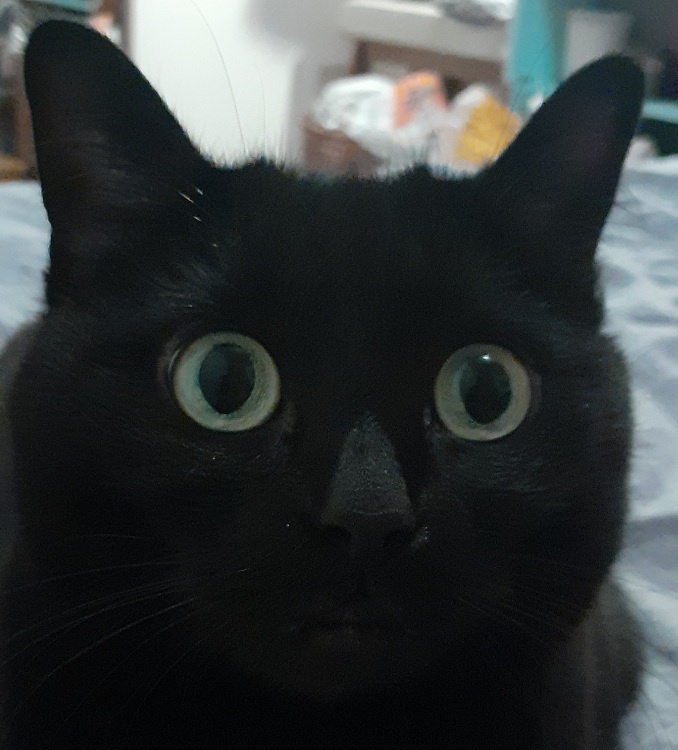The funny thing is that some medieval bricklayer made a conscious choice here, he could have put that brick paw-print down and made a flawless floor. Now, here we are getting a chuckle out of some unknown bricklayer’s little gag centuries later.
I’m also wondering if those are not fake prints. They look pretty deep. I don’t think a cat walking on drying bricks would leave such deep marks.
To me they look like easter eggs left by the brick layer.
Maybe they’re deep because of water erosion from rains over a thousand years, those bricks look pretty polished.
I don’t think the bricks are that old. Maybe a few hundred years or so
Also, wouldn’t water erosion make them less deep not more, due to generally smoothing the stone?
It’s possible. I have paw prints of varying size and pressure in the concrete around my house (thanks cat).
The ones from super wet concrete look almost like a duck/goblin footprint, the ones in drier screed look like those tiles, but much less deep.
Also like, this looks like stone, not brick…
As a cat owner, this doesn’t even look like a real print. It’s too deep. Most likely a manufactured print done as a gag by whoever made the bricks.
The car walked on the brick before it was burned (the brick).
Like when you put a fork in a cake to check if it’s done. The hole will be bigger when it’s heated afterwards.
I don’t think it’s a deliberate prank, just a not my job situation.
Wouldn’t he have needed to change the brick? If you flip it then it wouldn’t fit there any more since its shape is asymmetrical.
Presumably he shaped the tile after it was fired? I assume.
Shhhh just let it ride
I kind of have fun imagining a kitty being told not to walk there. And being a kitty, they immediately walked there.
and no other prints around, so the cat came out and, of course, immediately went back in
Downer response: that’s not how tile production works
to the ackchyuallies here: I know, but relax and enjoy the mental image of the fiction
Best run, there’s a very tiny dark
houndkitty on the loose.Possibly whittled out of the brick long after installation, by a bored funster, using a crude round-tipped tool ?
Wouldn’t it take 79 years to do that to brick, though? Someone would notice
There’s a St. Peter’s in Wormleighton and a St. Mary’s in Priors Hardwick… I wonder which one they’re talking about.









